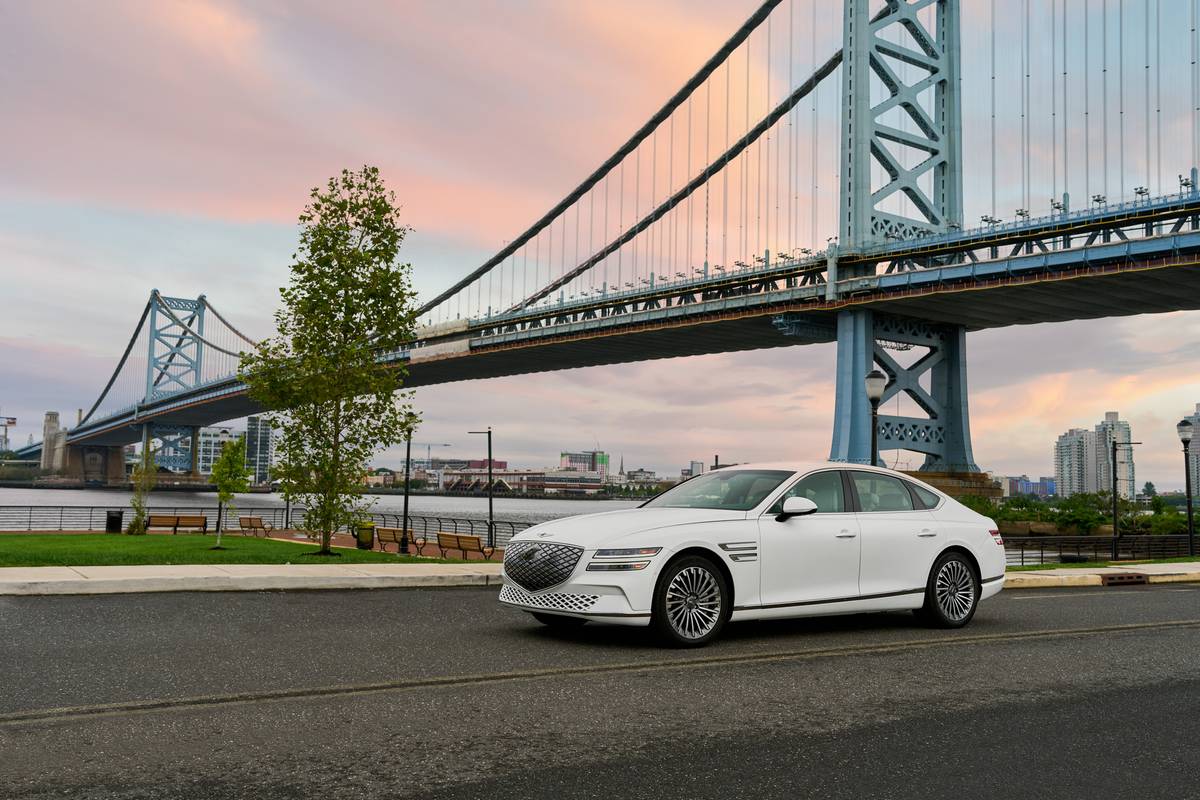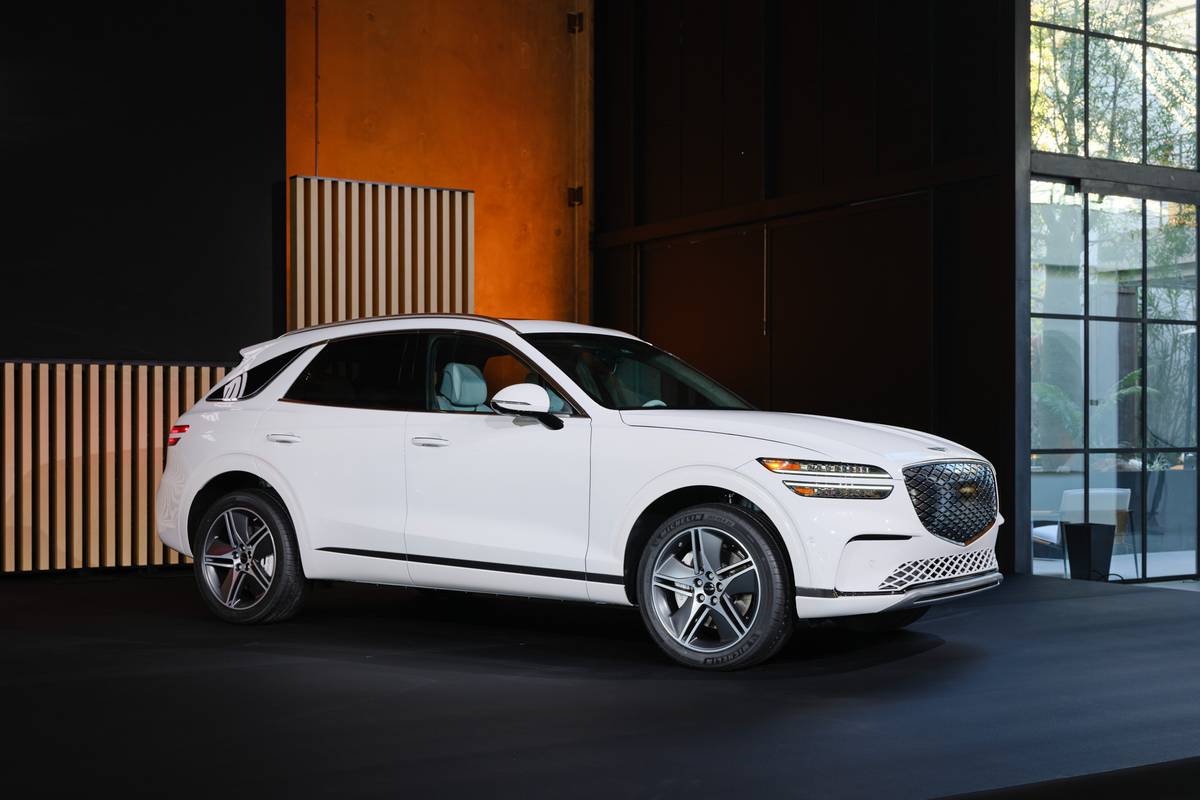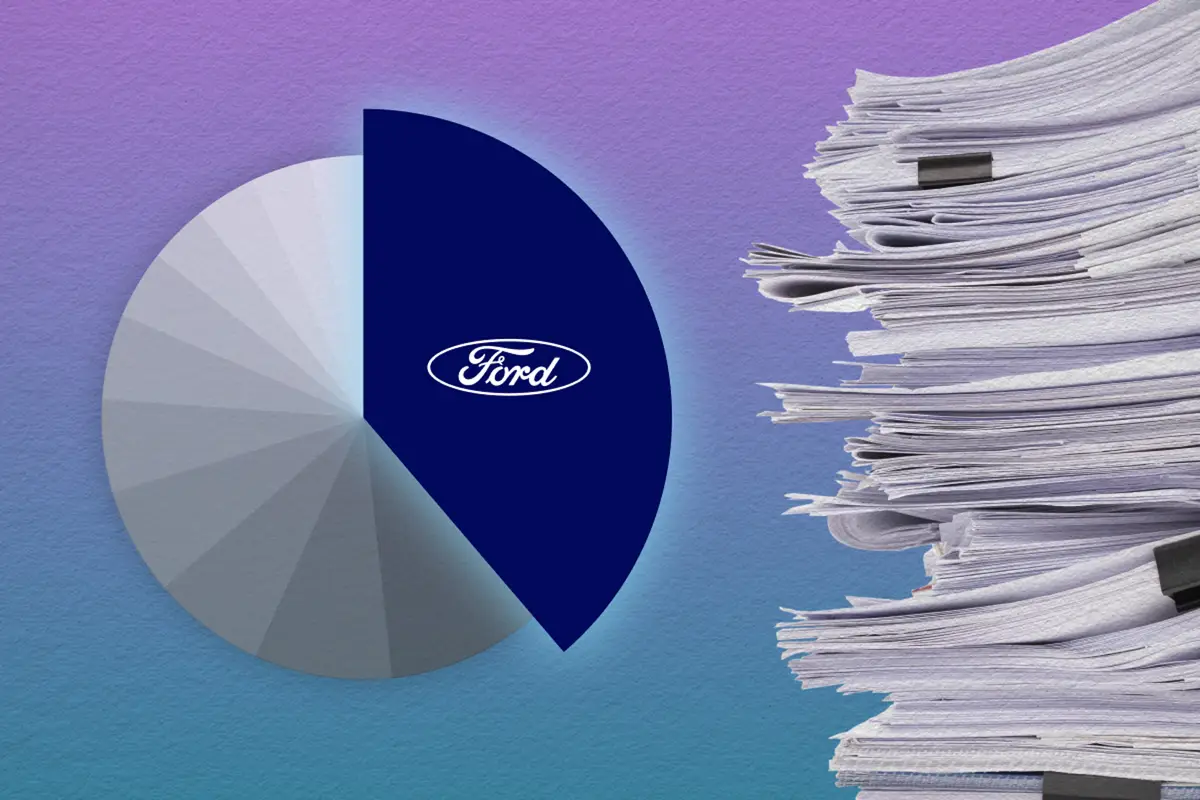chicagotribune.com's view
The Jeep Wrangler is an icon.
What you see is what you get.
No pretenses of being a sport-utility hidden under $30,000 worth of luxury sedan trappings.
Power windows? Sure, grab the handle and, if you have enough power, you can crank down the glass. Power seats? If you have enough energy left, you can reach under the seat and yank the lever to move the cushion fore or aft. Power mirrors? Reach out the windows and adjust ’em.
If you need to push a button, get a Cherokee.
What Wrangler offers is simplicity at a time when complexity has taken over and sedans are hidden under sport-ute shells with all the bells and whistles tossed in and the prices raised until consumers wander over to the used-vehicle lot.
The Jeep Wrangler is a sport-utility vehicle that’s sporty and utilitarian; a vehicle that is cute and cuddly, yet rough and rugged and certainly not a station wagon.
Nothing else like it on–or off–the road.
Toyota’s RAV4 and Honda’s CR-V are small like Wrangler (93.4-inch wheelbase and 153 inch overall length) but far tamer. To the RAV4 and CR-V, off-roading means pulling onto the shoulder to reach into the mailbox.
We tested the four-wheel-drive Jeep Wrangler Sahara, the top-of-the-line model in the Wrangler stable that comes decked out in a pleasant coat of green and beige.
For years Wrangler was about as welcome in the driveway as an encyclopedia salesman. The Wrangler was great to have when it snowed, but when it didn’t, the jostling and jarring from the suspension system left you beaten and bruised. Before taking off in a Wrangler, you tossed on camouflage gear, laced up the hip boots and renewed your NRA membership.
Wrangler squeaked and rattled and was tossed around like a kite in the wind, not unexpected because if you left a lit flashlight on the seat and closed the door, the light would penetrate the wafer-thin body.
Wrangler tool kits consisted of masking tape and bailing wire.
Safety equipment included a St. Christopher medal and even Chris had his hands covering his eyes.
In the 1997 model year, Wrangler became civilized. Chrysler calls it “refined.” The squeaks and rattles were toned down. The body was stiffened to reduce the noise, and the suspension softened to reduce shake, roll, sway and lean. Roomy, comfortable and, for a vehicle so small, relatively quiet.
St. Christopher was replaced by dual air bags and anti-lock brakes, though ABS is a $600 option. With four-wheel-drive, you have an all-season machine.
The Wrangler we tested came with the optional $1,160 plastic hardtop with roll-down glass windows, a small price to pay for not having to listen to the standard plastic zippered windows that snap, crackle and pop in the wind and offer not one iota of protection from the cold. And who needs to be fiddling wi th a zipper in sub-zero weather? And, if you frequently travel tollways, unzipping and then folding the plastic window out of the way so you could deposit your tithe meant you needed a 10-mile head start to be ready in time.
Of course, the plastic top isn’t metal and has a warning that it is meant only to keep rain, snow and falling leaves off your noggin and not as a shield in an impact.
Those with ample patience to use that special hex screw tool from the glove box can remove the top and the side doors. To carry open-top motoring to its extreme, you can even fold the windshield forward onto the hood when off-roading. Of course, with the windshield down, prepare for a diet of things with wings that don’t taste like chicken.
When top and doors are removed and the windshield folded, take heart in the fact that dual air bags are standard.
So why does ABS cost extra? A Wrangler is going to be driven more aggressively than a RAV4 or CR-V and pr obably driven more by carefree, spirited youth than old Grand Cherokee codgers. It would have been appropriate for Chrysler to make ABS standard.
The 4-liter, 181-horsepower 6-cylinder provides all the power you need while delivering a respectable 17 m.p.g. city/20 highway. However, given its small size and light weight, a 20/25 m.p.g. rating would have been more appreciated. To make Wrangler seem like it delivers more mileage, it comes with a 19-gallon tank.
The 4-liter is teamed with a 5-speed manual, a transmission in keeping with the vehicle’s character. Automatic is $625. But if you can do without top and doors and you don’t mind swallowing bugs, it seems unlikely you’d want to spend $625 for an automatic.
Base price of the 1998 Wrangler Sahara 4WD we tested was $19,615. Add $1,160 for the hardtop with rollup windows plus rear-window wiper/washer/defroster and $895 for air conditioning–a stiff price to cool such a small vehicle. You can add a full-size spare for $215 that attaches to the tailgate and moves out of the way when opening the back for cargo.
A couple of gripes: The rubber coating on the steps leading into the cabin gets slippery when wet; the sun visor knocks the rear-view mirror askew whenever you lower the visor; the 100-m.p.h. speedometer sets an unattainable target; the oversized p225 75 R/15 tires tend to raise the center of gravity in the cabin, not enough to make you feel top heavy, but enough so the vehicle sometimes wanders on the pavement.
Wrangler is a vehicle for the young or young at heart; the second or third vehicle to ensure you move in the snow and can get to the train station or work; the vehicle from which to remove the seats in back and toss in the camping, hunting or fishing gear.
And it’s popular. The 90,000 that Chrysler is able to build each year are always sold out.
>> 1998 Jeep Wrangler Sahara 4WD
© 1998 Chicago Tribune Wheelbase: 93.4 inches Length: 147.7 inches (153 to spare tire) Engine: 4-liter, 181-h.p. 6-cylinder Transmission: 5-speed manual Fuel economy: 17 m.p.g. city/20 m.p.g. highway Base price: $19,615 Price as tested: $21,885. Includes $1,160 for hardtop with rollup windows and rear window wiper/washer/defroster; $895 for air conditioning; and $215 for full-size spare. Add $525 for freight. Pluses: 4WD for on/off-road and all-season motoring. 19-gallon tank for extended driving range. Elimination of squeaks, rattles and assorted noises from the old wafer thin model. Distinctive styling. Dual air bags standard, and ABS available. Minuses: ABS not standard for what is a youth vehicle. Warning in dash stating that doors and hardtop are to keep the rain and snow off your head, not to protect you in a collision. >>
Latest news



